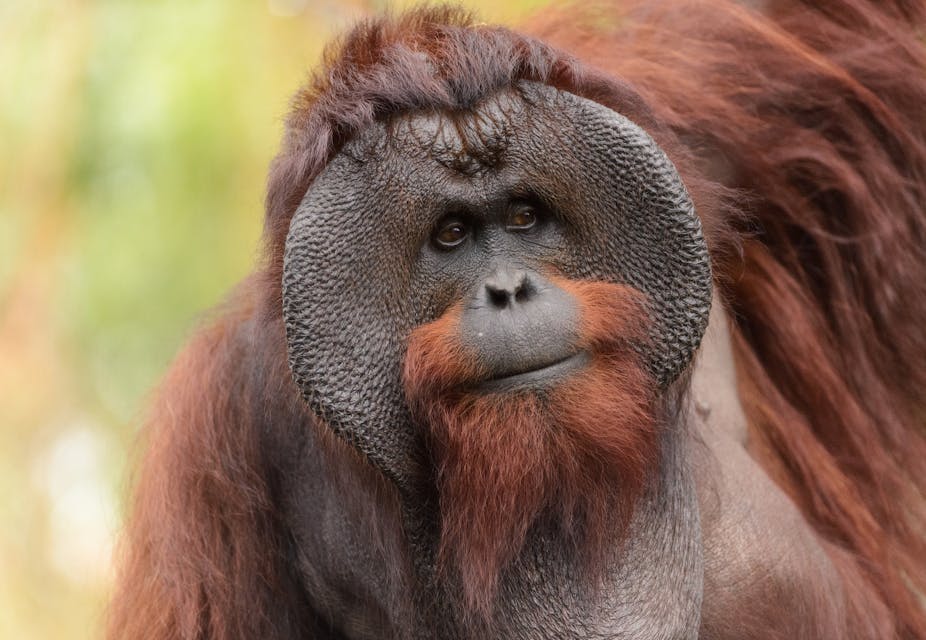One of the common problems we have in wildlife biology is knowing how many of an endangered species there are in a particular area. For example, how many orangutans are there in a particular national park in Sumatra?
Traditionally this problem was solved by biologist doing on-the-ground surveys: literally walking through the forests counting the number of orangutans and their nests (a proxy of their presence). Tough terrain and the difficulty in seeing the animals high up in the rainforest’s canopy makes this very time consuming.
To solve this problem Serge Wich, a primate expert at Liverpool’s John Moores University, came up with the idea of using drones to survey for orangutans and their nests. As commercial quality drones were too expensive for day-to-day use in conservation biology projects, he and his colleagues set about building their own drone and developing appropriate software. Now from their site you can download instructions to build a high-quality drone for around US$2,000.
Conservation drones have proved to be a huge success. In just a few hours they are able to survey huge areas of the rainforest ––something in the past that took weeks or months to do by biologists walking on foot and straining their necks as they looked constantly upwards. This means that we are now able to better track changes in population sizes.
However, all these drones generate many hours of video, which needs to be analysed. It is important that the time gained by the use of drones is not lost through the need to manually observe the video recorded. Thus, the development of video recognition software to count objects such as orangutans and their nests is well underway.
Drones can also be used to protect animals. Kenya announced this year that it would be using drones to assist its national park rangers in the fight against poaching. Using drones it is possible to monitor remote areas of national parks where herds of elephants or groups of rhinos may fall victim to the poacher’s bullet.
Drones are also useful in forests where they can detect the campfires of poachers or illegal loggers and gather video evidence. Poachers can’t just shoot the drones down either – shooting a drone with an AK47, the poacher’s weapon of choice, is difficult as drones are small, speedy (60kph) and fly at several hundred feet.
Drones open up all kinds of interesting areas of research for wildlife biologists. For example, the HD cameras on a drone means you can obtain images of rainforests that would make most spy satellite images look like a highly pixelated 1970s computer screen. Plus due to the low cost of flying the drones it would be possible to constantly monitor the target environment – something that can be done with satellite images, but at a high cost.

The possible applications for drones in conservation biology are almost endless. I would like to use them to film and follow secretive species such as the puma from the Brazilian savannahs (cerrado). They could also be used to pick up data from remote sensing stations in environments where there is no telecommunication signal. For example, images from camera traps could be uploaded to a drone as it circles overhead – reducing the need to walk for days to download such images.
This technology is not without its problems; at the moment low-cost drones are not able to stay in the air for much longer than 45 minutes. But advances in battery technology and the use of solar panels means this issue should disappear in the not too distant future.

